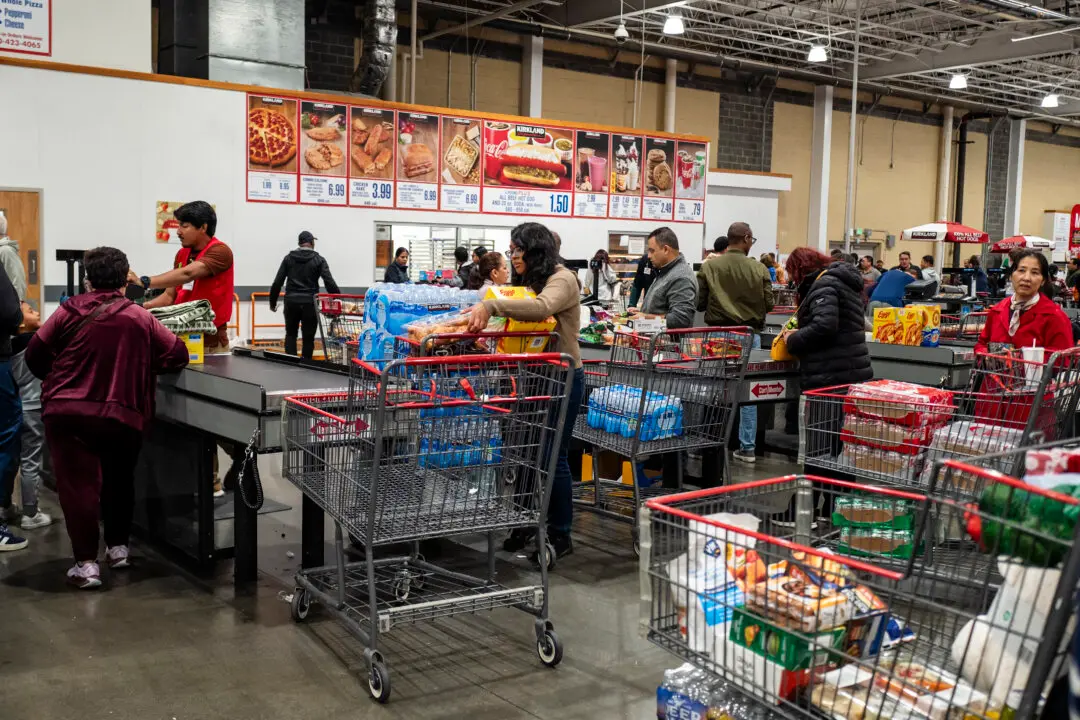The next Federal Reserve rate hike is projected to add up to $6.4 billion in extra credit card interest, according to a new study.
WalletHub, a personal finance website, estimates that U.S. consumers could see between $4.87 billion and $6.4 billion in additional credit card interest. This doesn’t count the other increases so far this year.





